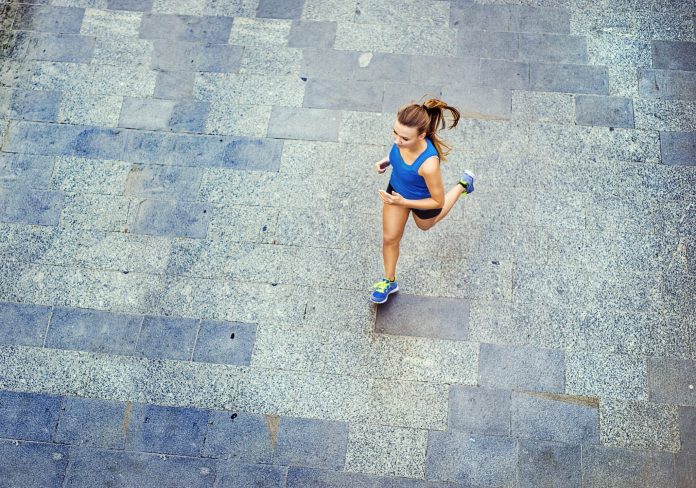There is always another big race to prepare for, whether it’s a 5km Fun Run or the Standard Chartered Marathon these tips will help you reach your goal without getting injured along the way!
1. Don’t change too much too quickly!
Your body hates too much change. So if you’re currently a couch potato your body will be perfectly adapted to slouch in front of the TV for hours at a time. If you then decide to go out and do a half marathon your body will NOT be happy. Your bones/muscles etc won’t be prepared to handle this new load and thus injuries are bound to happen. This injury prone state can happen even when making smaller changes like going from a 5k to 8k distance or deciding to make your leisurely jog a faster interval sprint session. Make sure you don’t increase your distances too quick, ~ a 10% increase every week is safer and lessens the risk of the dreaded shin splints, runners knee etc.
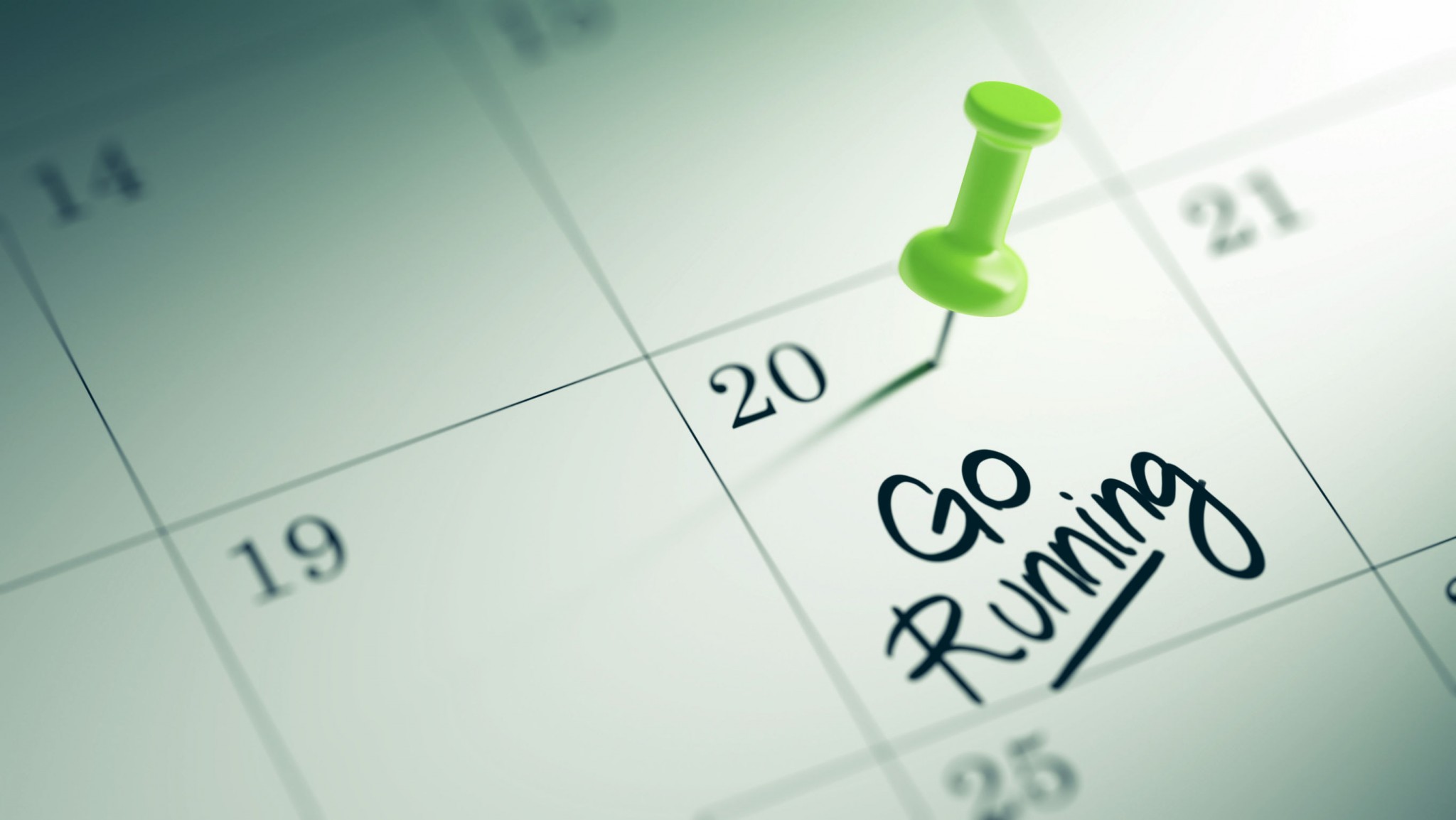
2. Think terrain.
Your body adapts not only to specific distances but to specific environments. If your typical running route involves pounding the flat pavement around the bay you can’t expect to be able to do a record time on a hilly trail run without sustaining a few strains here and there. There are big differences in the muscle requirements for running on the flat versus hills, pavement versus uneven trails, cement versus grass.
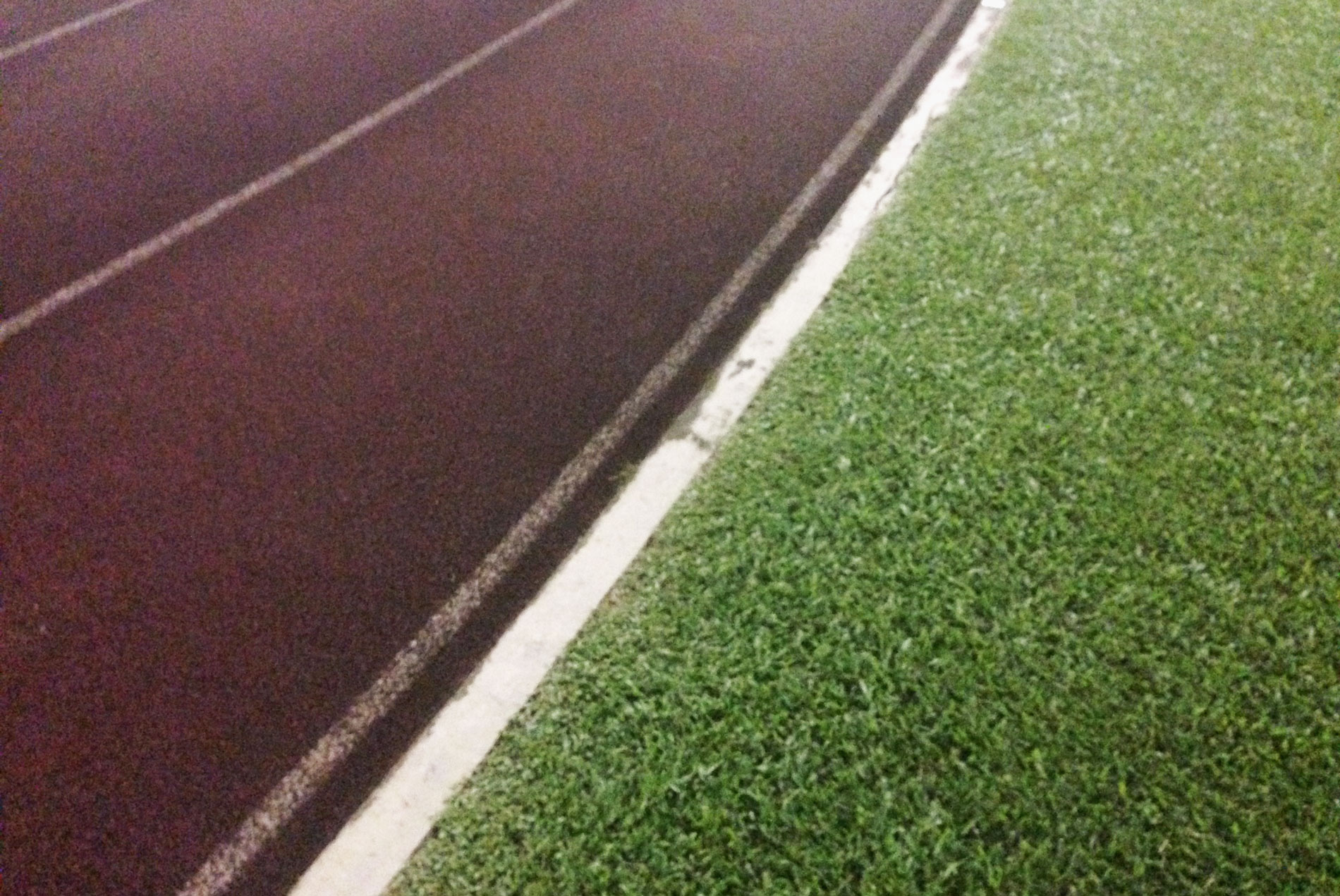
3. Happy feet = a happy run.
The type of shoes you wear can greatly alter your efficiency and risk of problems later down the line. Most importantly is the fit; feet naturally swell a little with longer runs, tight shoes/shoelaces can cause compression on structures in the foot. Conversely, loose shoes give less support meaning the foot has to work harder to stay stable. Don’t forget to get the width of your foot measured as well as the length when choosing a new pair of shoes. There is some evidence to say that in the long term more minimal support shoes reduce injury risk, however, changing from a higher heel to a minimal shoe quickly is likely to cause problems. Remember don’t change too much too quick. For those interested in changing to minimalist/barefoot shoes it may be worth consulting a Physiotherapist to help make it a pain-free transition.
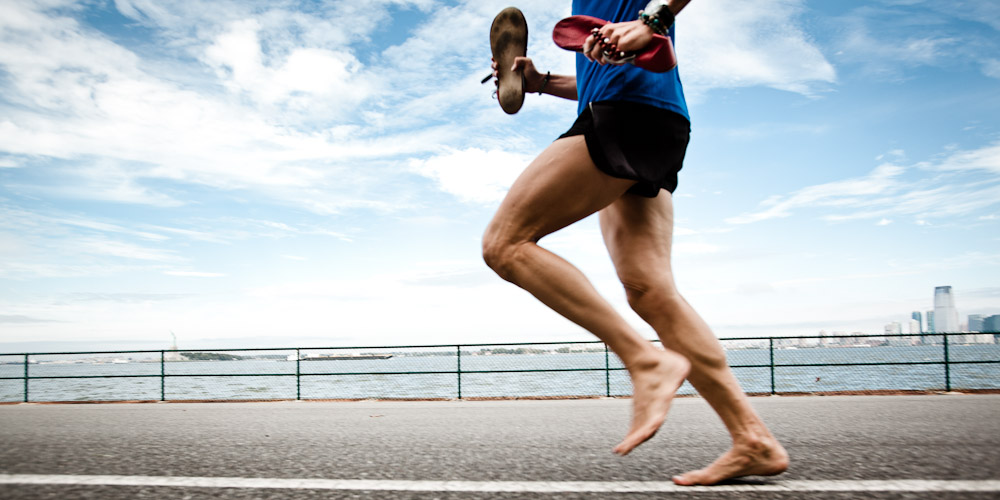
4. Head before heels.
To forefoot strike or to heel strike? – that is the question. There are pro’s and cons for each in the literature. A solid rule of thumb, however, is that whichever way we land, we should try to avoid striking the ground in front of our body. Our body is in the best position to take the grounds force with our feet slightly behind our centre of gravity.
5. Strengthen up.
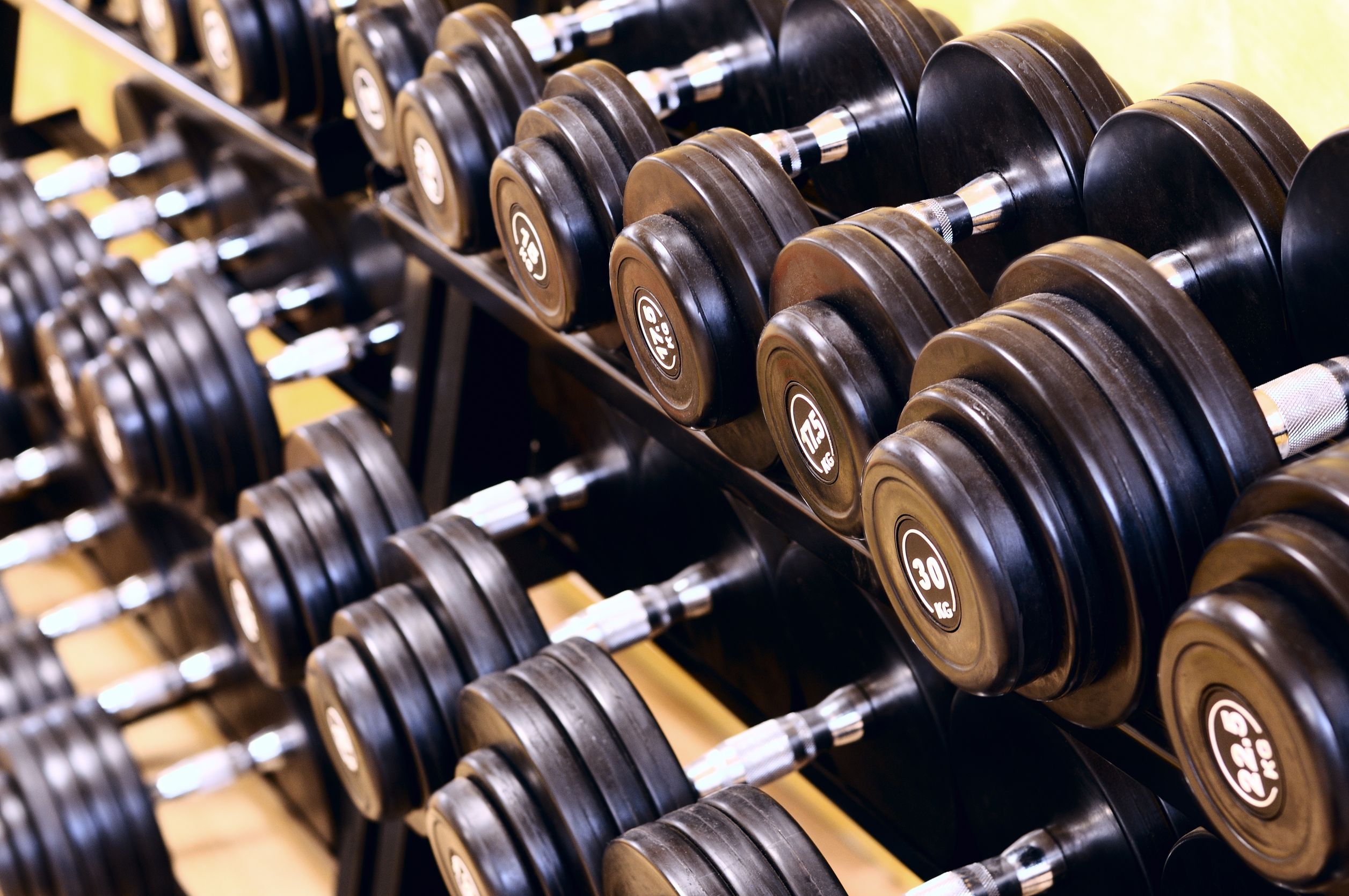
”Leg day? Really? But aren’t my legs strong enough from running?”- unfortunately not is often the answer. Running involves huge repetitive loading on the ankles, knees and hips, targeted strength and endurance are the best defence. Yes, leg day may involve some muscle soreness when you go for your run the next day but your legs will thank you for it in the long run.
6. Food = fuel.
Your body can’t run on empty nor can you expect an amazing performance after bingeing on prata all day! Your body needs protein to develop and carbohydrates to refuel. A good rule of thumb is not to eat 2-3 hours before your run and to focus less on pre-run carbo-loading and more on post-run replenishing. Another point to consider is that longer distance running can weaken the immune system- be sure you’re getting the right nutrients and supplements you need!
7. Race day prep.
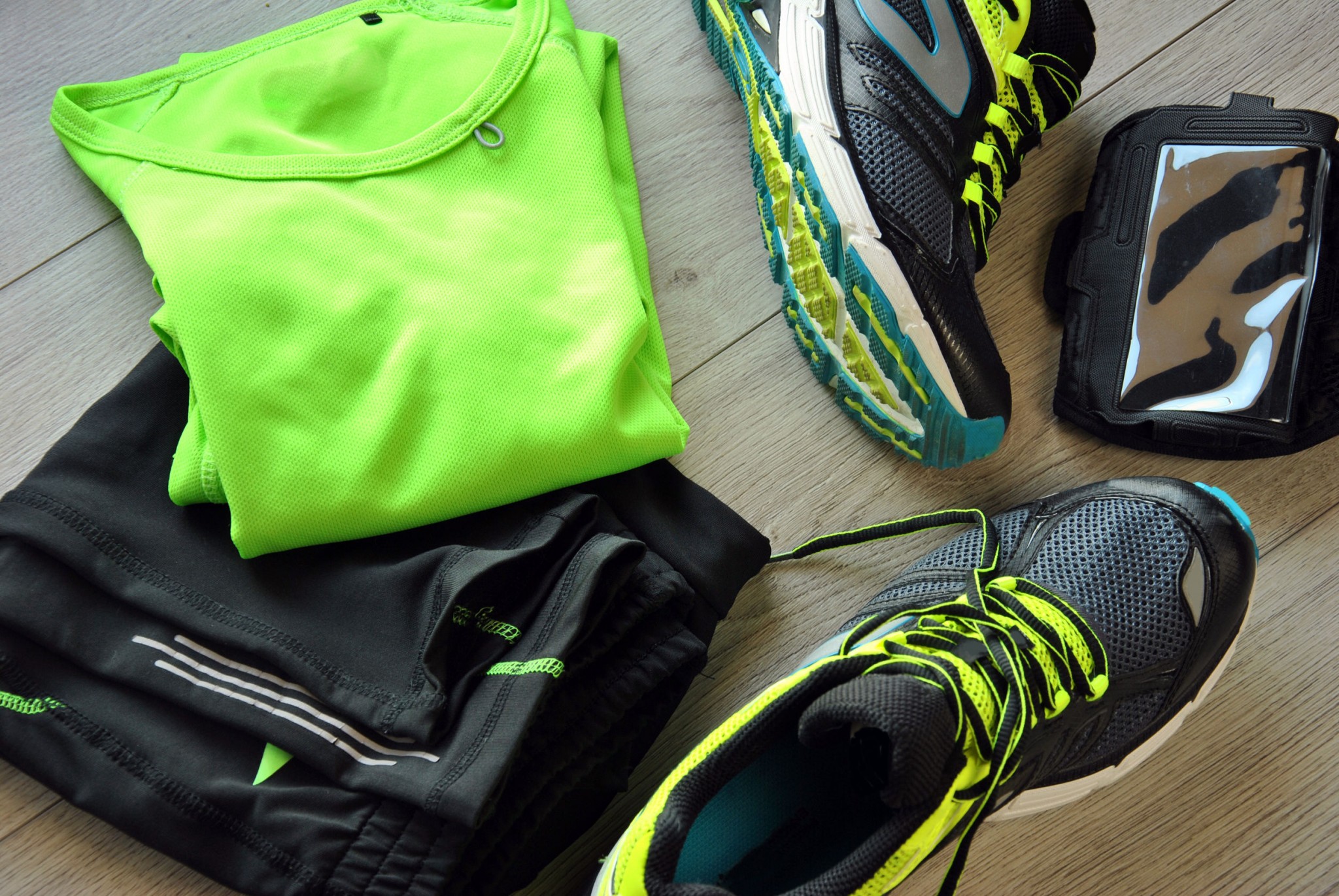
So the big race day is coming up and you’re thinking tactics and strategies to elevate your performance- what do you change? Nothing! As mentioned, the body doesn’t respond well to big changes. Suddenly changing what/how much you eat/drink before or even during the race can upset your stomach and change how you run. The same goes for how much you stretch/warm up etc. The best thing you can do is allow a few days rest before the race. You can’t beat good training, fresh legs and a little adrenaline to get you through on the day!


